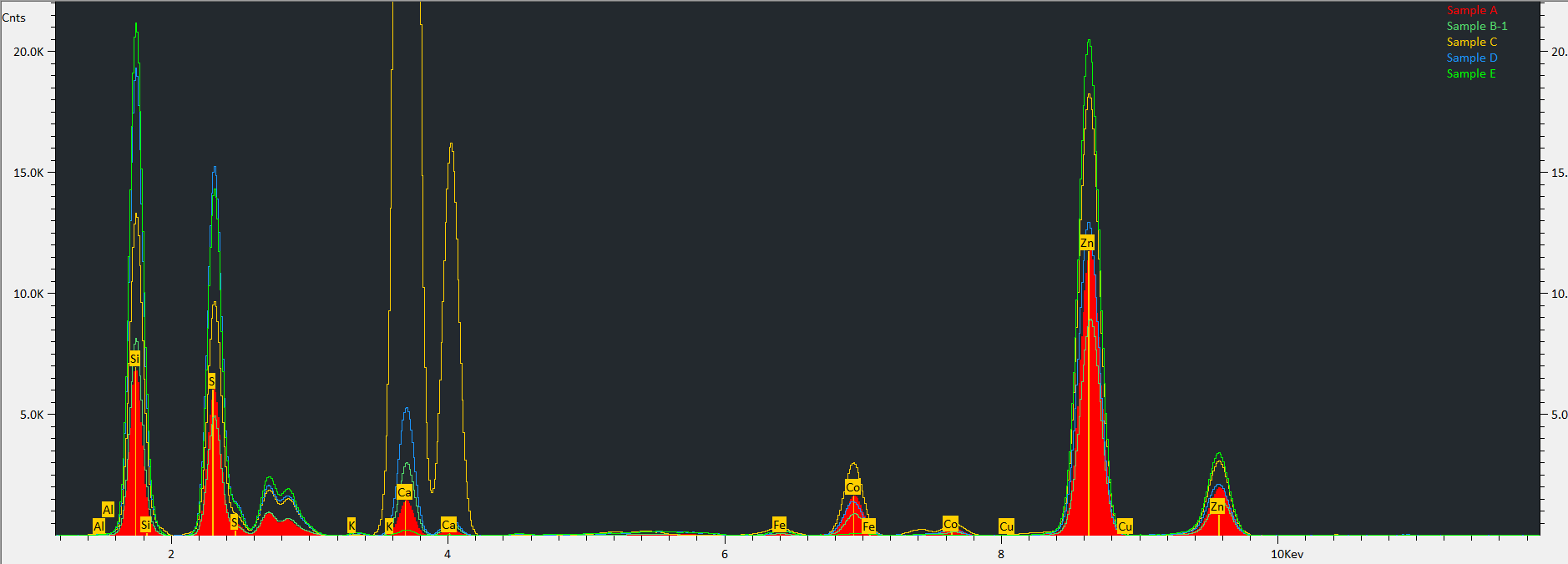Tire marks, skid marks, and tire fragments often serve as critical pieces of evidence in criminal investigations, especially those involving vehicular incidents. From hit-and-run cases to suspicious activities off the beaten track, rubber tire forensic analysis has become an indispensable tool for law enforcement agencies. In this article, we delve into the importance of such analysis and the revolutionary role microXRF plays in enhancing the accuracy and speed of these examinations.
The Significance of Rubber Tire Forensics
Tire patterns and their respective residues can provide investigators with a myriad of details:
Vehicle Identification
Each tire pattern is often unique, especially when considering wear-and-tear, damages, or manufacturer differences. By analyzing these patterns, investigators can narrow down the make, model, or even a specific batch of a tire.
Crime Scene Reconstruction
The way tire marks are laid out at a scene can help piece together the sequence of events. For instance, sudden skid marks can indicate abrupt braking, possibly pointing to the driver’s reaction to an unexpected event.
Linking Suspects
Residue from tires can connect a suspect’s vehicle to a particular location, especially if the chemical compounds or minute fragments match those found at a crime scene.
Despite these benefits, traditional methods of tire forensic analysis can sometimes be time-consuming, and there’s always room for improving accuracy.
Enter microXRF
X-ray fluorescence (XRF) has long served diverse scientific applications. However, by integrating microfocusing polycapillary optics that refine the X-ray beam to as small as 5 microns, coupled with a high-precision XYZ stage offering sub-micron accuracy, and advanced analytical software, microXRF ushers in a novel era of potential for forensic analysis.

Figure 1: XRF bulk spectra were collected from 5 different rubber tires on the Atlas M microXRF. Spectra were overlaid for easy comparison of the samples. The overlay shows distinct variations within the elements between the samples.
Enhanced Detail Analysis
MicroXRF can analyze and provide elemental composition data of even minuscule tire fragments or residues. This level of detail aids in better differentiation between seemingly similar tire types or brands.
Non-Destructive Examination
One of the greatest advantages of microXRF is its non-destructive nature. This ensures the original evidence remains unaltered, which is crucial for the integrity of any criminal investigation.
Rapid Results
Speed is often of the essence in criminal cases. MicroXRF can deliver accurate results much faster than some traditional methods, aiding in quicker decision-making and actions.
Revealing Hidden Clues
Sometimes, what’s invisible to the naked eye holds the key to solving a case. MicroXRF can detect elements or compounds that aren’t immediately obvious, adding another layer of depth to the investigation.
The Future of Rubber Tire Forensics
As technology continues to advance, the integration of tools like microXRF into forensic workflows will likely become standard. The precision and efficiency offered can transform the way cases involving vehicular evidence are approached and solved.
At IXRF Systems, we remain committed to pushing the boundaries of what’s possible in forensic science. With instruments like microXRF at our disposal, the quest for justice gets clearer, sharper, and more decisive than ever before.
IXRF Systems is a leading provider of X-ray fluorescence instrumentation. With our advanced analytical solutions, we are committed to supporting research, quality control, and educational endeavors across various industries.


